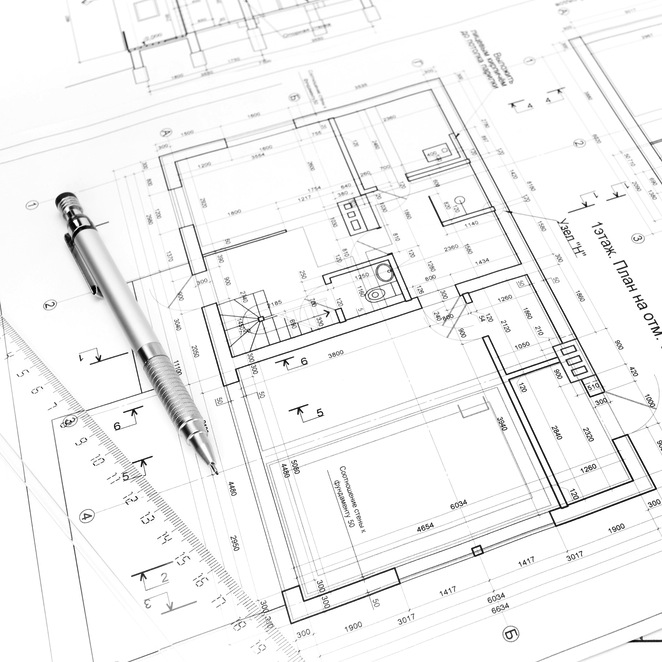I have become a more effective writer (and speaker) thanks to journalist Don Fry who puts writers into two categories: plungers and planners.
Plungers start writing before they know what they write.
Planners only write when they know what to write.
What are you?
I am more of a plunger: I often type away, ending up places that I didn’t know I was going. The result can be wonderful.
But it’s often not efficient. I can write, write, write and not end up anywhere.
That’s why I’ve trained myself to plan. Instead of typing away, I take to pen and paper. I make notes and draw an outline, no full sentences, only keywords: I want a helicopter view of my article.
What is my goal?
First I ask:
What is my goal?
What do I want to achieve?
These questions help me focus on my audience. It’s a good idea to put the audience right in the middle of the question:
What do I want people to do, know or feel?
The secret here is to prioritize between the three (do, know or feel).
Say your company has introduced a Customer Relations Management-System (CRM) but sales people aren’t using it much. What keeps them from doing it?
Are they happy to use the CRM but lack the skills to master it? Then you’d focus on what you want your reader to know.
Or do they resist using the CRM for other reasons? Then you’d focus on what you want your reader to feel: what is the change that you want to bring about ‘inside’ your reader?
Or you may feel that you can’t achieve either of the above in an article. Then you’d focus on what you want your reader to do: this can be a concrete next step, like asking them to fill out a survey.
Making decisions
Writing is all about decisions. The biggest risk is to dump too much information into our articles. What goes in and what goes out? Having a clear goal, helps you decide.
I start making these decisions in planing mode. I collect anecdotes, examples and arguments to include in the article. Jotting them down as keywords, I get my helicopter view and start eliminating all that’s not really needed to reach the goal.
See the flow
I also try to make connections between ideas and arguments: I try to see the flow of the article. How could I start? What should be in my second paragraph? And the third?
Take the CRM example:
If my goal is to give readers practical information for using the CRM, I don’t need a long build-up. I can have a title like this:
Navigate our CRM with ease: 5 simple steps to get you started.
Then I just need a short intro-sentence before I jump into the first tip.
But if my goal is to change people’s feelings about the CRM, I will need a different build-up. I will first have to acknowledge people’s feelings and concerns before I introduce arguments, anecdotes or appeals.
Trying
The goal of the planning-phase is to try see the flow of the article from the helicopter view. The emphasis is on trying. I seldom manage to pre-plan the full article, paragraph by paragraph. In other words, I can get stuck in the planning phase. Then I need to plunge a little to see clearer and get new ideas before I switch back to the helicopter view. But I always start with planning and I always define my goal before I write.


3 thoughts on “Plunger or planner? Or how to plan a text.”
This is very useful, this way of preparing to write is going to be a new habit for me.
Thanks Carsten
Let me know how it works for you. By the way: I find the approach also works for preparing speeches and presentations.
Very helpful, particularly as I am planning to start blogging. Thanks Carsten !